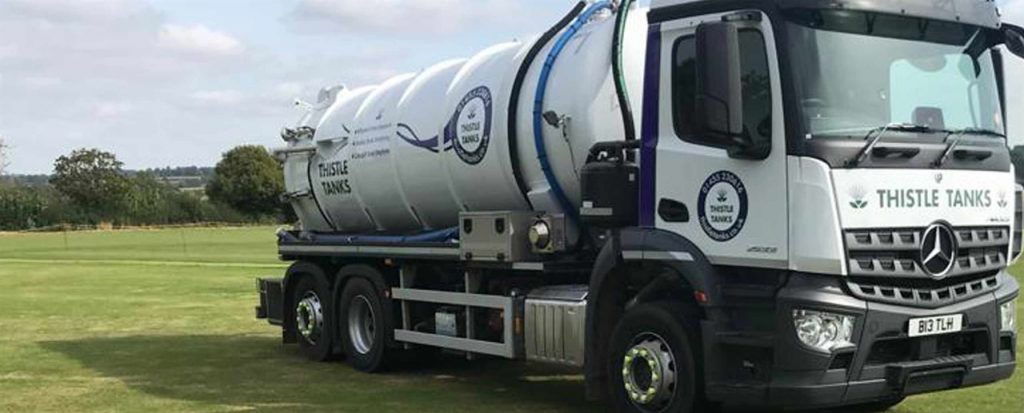A septic tank is of vital importance to many homes across the UK. If you are unfamiliar with the term, your home is likely connected directly to a mains sewage line instead. This blog is going to look at the domestic septic tank and its purpose.
Septic Tanks: What are They?
The Septic tank is situated under the ground, usually in a back garden. It is an underwater sedimentation tank that is used to treat wastewater through biological decomposition and drainage. It is essentially a large container that processes domestic sewage and wastewater.
Septic tanks are usually made of concrete or glass-reinforced plastic (GRP). They are generally the most common type of drainage solution for those properties that can’t be connected to a mains sewage system.
Septic Tanks: How do they Work?
Septic tanks come in both single or multi-chambered designs. They use gravity to help separate the liquid waste from the solid waste that comes from your property. Gravity does its job by allowing lighter solids to float to the top and form a ‘scum’ layer.
At the same time, the heavy solids sink to the bottom of the tank and are then partially broken down by bacteria and form what is known as the ‘sludge’ layer. This process allows the remaining liquids left suspended between the scum and sludge layer to flow out of the tank into a drainage field. This waste deposit is then dispersed into the surrounding soil, allowing for the natural breakdown of any remaining waste.
Do I need a Septic Tank?
A septic tank is required if your property cannot be connected to a mains sewage line for any reason. Therefore, if you have recently purchased a property that has no access to a mains sewer line, you will need to look at investing in a septic tank to remove wastewater from your property.
Knowing your Septic Tank
All tanks available are designed to process and remove sewage and wastewater. However, septic tanks come in all sizes and materials. Each one will have a variation on how it is installed. Be sure to consider this before settling on a septic tank. Concrete tanks are much heavier than GRP tanks and, therefore, will require heavy-duty tools to install. GRP tanks are much more lightweight than concrete and are less prone to becoming damaged during transit or installation.
Spherical-shaped designs will take up less space beneath your garden but will require a deeper hole. In contrast, low-profile tanks require less depth but will take up more horizontal space. Before deciding, consider the space you have. If your garden is small, then you might not have room for a low-profile tank and may have to opt for a spherical tank.
Your choice of a septic tank will likely be influenced by the site requirements over your personal preference, so be sure to check this before undergoing installation.
Speak to Us
As professionals we here at Thistle Tanks are here to help when you are unsure about installing a septic tank. A professional fitter will be able to assess your property and advise you on the best course of action. For more information on our services and to make an enquiry call au at 01455230616 or contact us.

